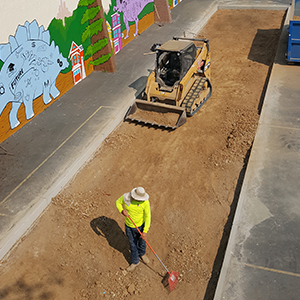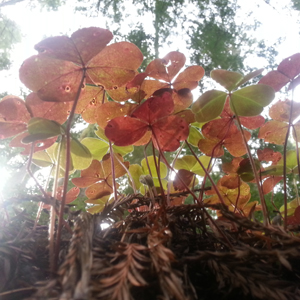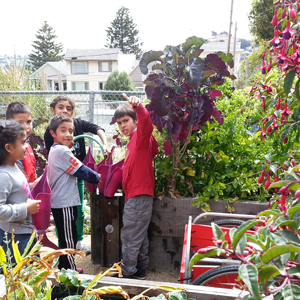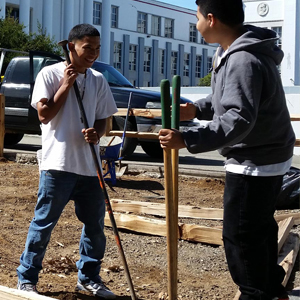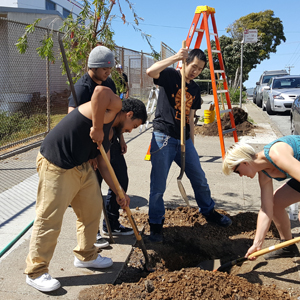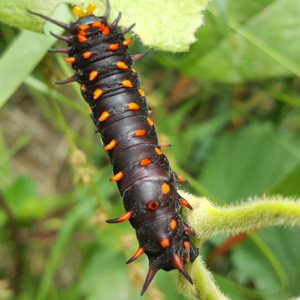
Dinosaur Garden
What is a Dinosaur Garden?
The James Lick Middle School Dinosaur Garden is being created to help make tangible connections for people about the earth’s changing climate.
The changes that the earth is currently going through aren’t new. The manner by which the greenhouse gases are entering the atmosphere are new, however. But the levels of Carbon dioxide in the atmosphere have been higher than they are now, and will continue to grow as we continue to burn fossil fuels.
The trees planted in the Dinosaur Garden are examples of trees that lived millions of years ago during the Triassic, Jurassic, Cretaceous and periods. When Ginkgo bilobas evolved (beginning in the Permian period, then dominating much of the Northern Hemisphere in the Cretaceous period) there were higher levels of Carbon dioxide in the atmosphere. The same goes for Sequoias, Norfolk Island and Cook Island Pines, Podocarpus and other species of plants showcased in the JLMS Dinosaur Garden.
Youth will have the opportunity to plant out these ancient trees and plants. Learning all the while that there is currently around 400 parts per million of Carbon dioxide in the atmosphere. But when these resilient trees dominated the earth there was as much as 7,000 parts per million carbon dioxide (during the Cambrian period).
These ancient trees are resilient and can handle higher levels of Carbon dioxide in the atmosphere, just as there was back millions of years ago. This resilience is an inspiration that life will continue and that these students can become resilient themselves!
James Lick Middle School Dinosaur Garden
The DINOSAUR GARDEN @ James Lick Middle School will boast ancient plants like Ginkgo biloba, Araucaria and Cycads. We want to build a recycled metal triceratops climbing structure by Karen Cusolito, and in May of 2017 facilitated a mural project that the youth co-created with local artist Sirron Norris. Recycled glass trilobites created by Ivan Lee Mora will crawl along the ground building the dialogue about decomposers and carbon cycling during the Cambrian period.
Please spread the word to help us raise funds to fund this educational garden that will remind all of us how the climate has changed before and how we humans are helping to change it again.



